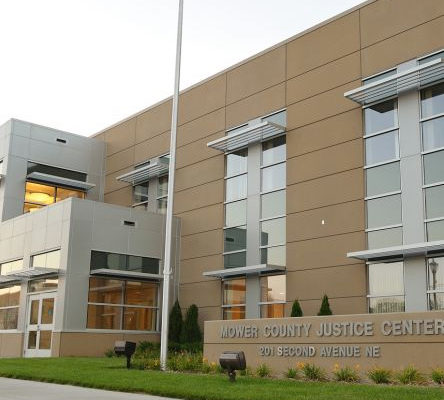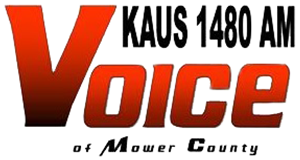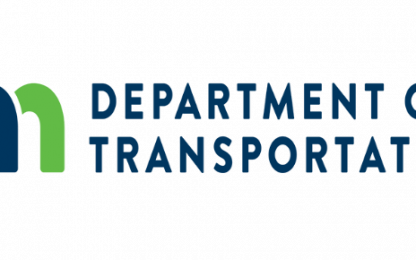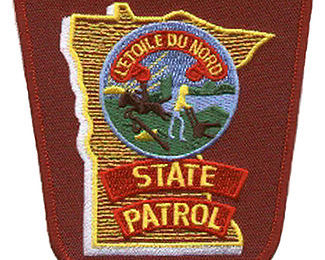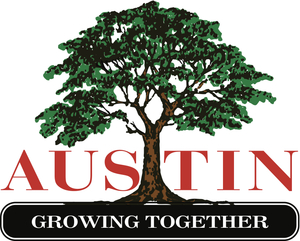Harvest season brings potential dangers to motorists

Motorists traveling on Minnesota highways this fall need to be aware of large, slow-moving farm equipment transporting crops to markets, grain elevators and processing plants.
Farm equipment is large and heavy, making it hard for operators to accelerate, slow down and stop. The machines also make wide turns and sometimes cross over the center line. They also can create large blind spots, making it difficult for operators to see approaching vehicles. All of these factors require all drivers to exercise extra caution during harvest season.
Approaching farm equipment with caution can help prevent crashes.
- In the last five years (2015-2019), 14 people died on Minnesota roads as a result of a crash involving farm equipment.
- In the last five years (2015-2019), 29 people suffered life-changing injuries as a result of a crash involving farm equipment.
- Motorists
- Watch for falling debris or debris in the road.
- Don’t veer for debris, it could result in a head-on collision or a driver going into a ditch.
- Wait for a safe opportunity to pass. Farm equipment operators often make wide left turns, which can indicate to a motorist that the operator is moving right and it is safe to pass.
- Wear seat belts.
- Drive with headlights on at all times.
- Park the phone and put the distractions away.
Farm Equipment Operators
- Use lights and flashers to make equipment more visible.
- Use slow-moving vehicle emblems on equipment traveling less than 30 mph.
- Consider using a follow vehicle when moving equipment, especially at night.
- Wear seat belts.
- Park the phone and put the distractions away.
MnDOT and the Minnesota Department of Public Safety are anchoring partners of the state’s Toward Zero Deaths traffic safety program. A primary vision of the TZD program is to create a safe driving culture in Minnesota in which motorists support a goal of zero road fatalities by practicing and promoting safe driving behavior. TZD focuses on the application of four strategic areas to reduce crashes – education, enforcement, engineering, and emergency medical and trauma services.
You Might Also Like

